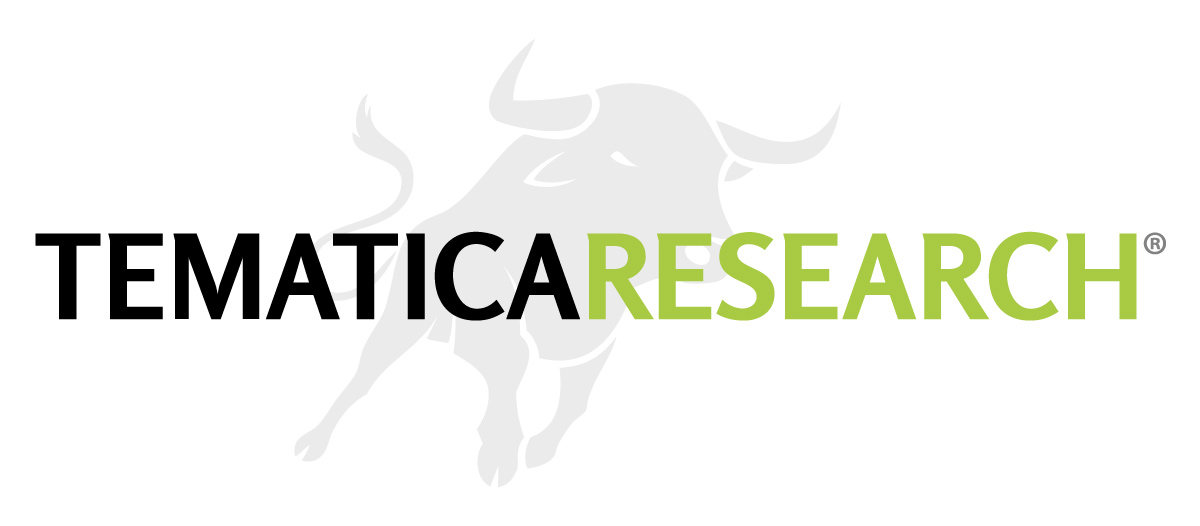Bye Bye Bonds?
 While US equity markets enjoyed a booming year in 2013, it was the first negative year since 1999 for the US Bond market. The chart below shows the Barclary’s US Aggregate Bond Index’s annual returns since its inception in 1977.
While US equity markets enjoyed a booming year in 2013, it was the first negative year since 1999 for the US Bond market. The chart below shows the Barclary’s US Aggregate Bond Index’s annual returns since its inception in 1977.
Bond yields are currently near their historical lows. The Fed, currently the single largest buyer of Treasurys and mortgage-backed bonds, buying about 90% of the newly-issued eligible mortgage bonds last November, is expected to decrease its purchases over the coming months and years, which could be a headwind to bond prices. Starting this month the Fed is reducing its monthly purchases of Treasurys from $45 billion to $40 billion and its purchases of mortgage securities from $40 billion to $35 billion.
On January 7th, Janet Yellen was confirmed by the Senate in a 56-26 vote to serve as the next chair of the Federal Reserve, the first woman to lead the Federal Reserve in its 100-year history. Yellen is widely considered to be more of a “dove” than a “hawk” on the Federal Reserve Open Market Committee, (FOMC) meaning she is more concerned with improving unemployment than with the risk of rising inflation levels, thus we believe tapering is likely to be more muted under her leadership than had a more hawkish candidate been selected. She is a decided Keynesian economist, thus is also likely to continue using the power of the Central Bank to boost markets in an attempt to improve economic growth. Bottom Line: With such low yields and tapering likely to increase over the coming months, bonds, and more specifically, long-term treasuries, may not provide the type of low risk returns and stability that they did over prior decades. The Fed is likely to continue its active use of bond buying to attempt to impact the economic recovery, which could also lead to increased volatility in the bond markets. Investors should view this asset class in a different light, reflecting the realities of today’s market.

Fed Stature as a proxy for interest rates?
